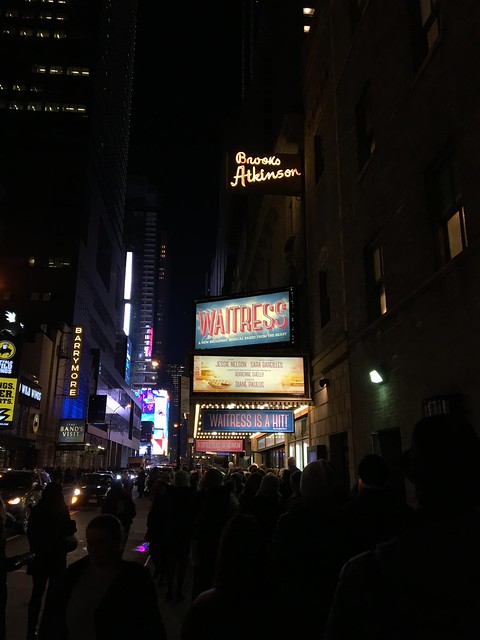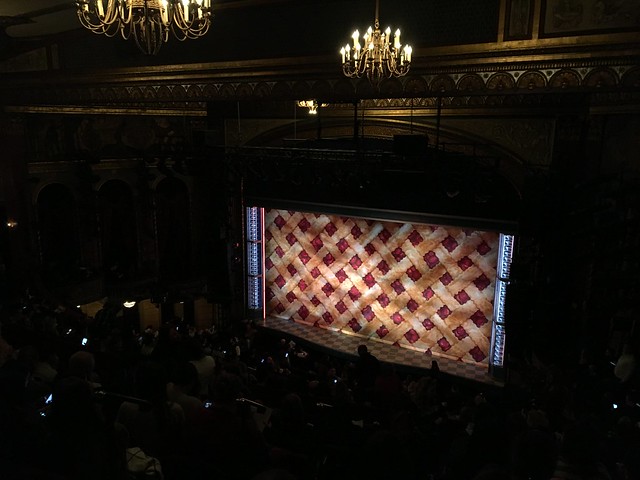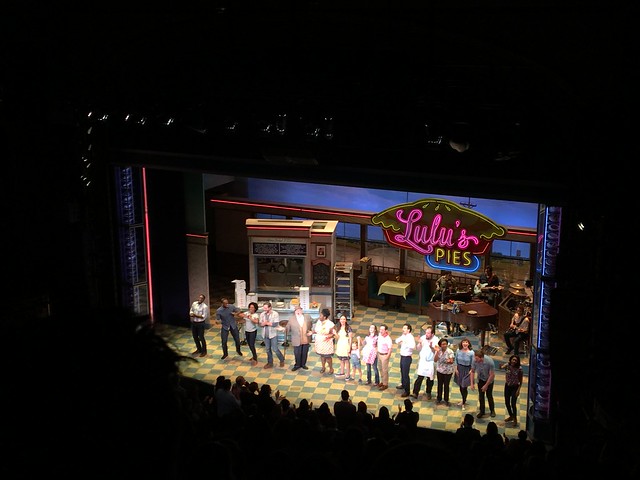We woke up early and had breakfast. It was going to be a long day. There was a free shuttle bus from Plaza Isabel at the center of the city, running to Alhambra. An alternative is to walk all the way up. Since we had to get to the Nasrid palace by 9am, we got off at Puerta de la Justicia.

Puerta de la Justicia
We passed by the palace of Charles V to get to the Nasrid palace on time. It is the only Renaissance style building that was greatly harrassing the coherence of the Islamic palace-fortress.

Palacio de Carlos V
At our appointed time we entered the Nasrid palace, the crown jewel of Alhambra.

Enter the Nasrid palace
As we entered the portion of the palace that was the first to be built, we again noticed the arabesque wall decorations. Yet it was exceptionally beautiful, compared to those found in Toledo, Sevilla, or Cordoba. At the expense of the Moorish people, the Nasrid rulers of Granada spent extravagant sums on decorating their palace, showing off their wealth. In fact, their finances were running out quick due to tributes they had to pay to the Christian kings.




Fachata de Comares

We then reached the Court of the Myrtles, or Patio de los Arrayanes. The central pond reflecting the surrounding buildings provides a great imagery. This symmetry and tranquility that give this geometric beauty is what makes this place special.




It is astonishing that each arch is decorated in great detail. No empty space was allowed; it must be filled with some pattern.


The Chamber of the Ambassadors, the largest room in the palace, features endless pattern of decoration on the wall and the golden ceiling. Were the Nasrid sultans ever revered and praised as great kings? At least in this room, yes.

Salon de los Embajadores
Next, we entered the Court of the Lions, of which name comes from the statues surrounding the fountain in the middle. This place characterizes a beauty unlike the Court of the Myrtles. Numerous marble columns with arches resembling palm trees, tiled floors with water canals, and fountains quietly pumping out water all work together to illustrate a sense of paradise. Let alone the interpretation of various symbols, I could immediately sense that this is a portrayal of a sanctuary where the Nasrid sultans would have wanted to retreat to, escaping all the politics and diplomacy.

Patio de los Leones



Immediately next to the Court is the Hall of the Kings, or Sala de los Reyes



That was the end of the tour of the Nasrid palace. Right outside is the water garden formed by the sultans.

Palacio del Partal

El Partal

We then made our way to Generalife, the pleasure garden of the sultans. It was some distance away, as we had to walk to the western exit gate and make a crossing across the valley.

Generalife across the valley
We first encountered a modern garden formed in the spirit of Generalife. It features walls and arches of trees, along with canals and water fountains.

Modern garden
Next we entered the Generalife, the beautiful garden of Alhambra.

It was pity that we visited here in winter. What was supposed to be a floral water garden felt a bit empty. Still, I could imagine what it would have been like in summer.

Patio de la Acequia

View of Alhambra and Granada
We walked back to Alhambra and went to Alcazaba, the barracks of this fortress. It is where the defending army was stationed.

At the eastern end is a tall watch tower that overlooks Granada.

Torre de la Vela

This watch tower offered an unobstructed view of the city and the surrounding areas. I could sense that Alhambra was built on a strategic location, where all four directions could be watched. With natural springs inside the fortress providing fresh water, it could withstand months of siege. However, such an event never happened. The sultan of Granada capitulated to Queen Isabel and fled to Morocco.

Downtown Granada

Albaicin

Cathedral of Granada

The Barracks
Lastly, we paid a visit to the Palace of Carlos V. It was a grandeur monument showing off the Christian architecture of the time. However, it was no match to the beauty of the Nasrid palace.

Palacio de Carlos V
We left Alhambra through the same gate, and walked down the hill to the Gate of Pomegranates.



Puerta de los Granadas
After having lunch in downtown, we took a bus to Albaicin, a historic district that preserves much of medival homes. There is also a spot where one can see Alhambra on the opposite side.

Mirador San Nicolas
The glaring red walls, from which the name Alhambra come, were reflecting the dimming sunlight at dusk.


Down the streets of the Albaicin, we returned to the downtown.

We then took a bus to Granada airport, and got on board the flight to Barcelona, our final destination.








































































































































































































